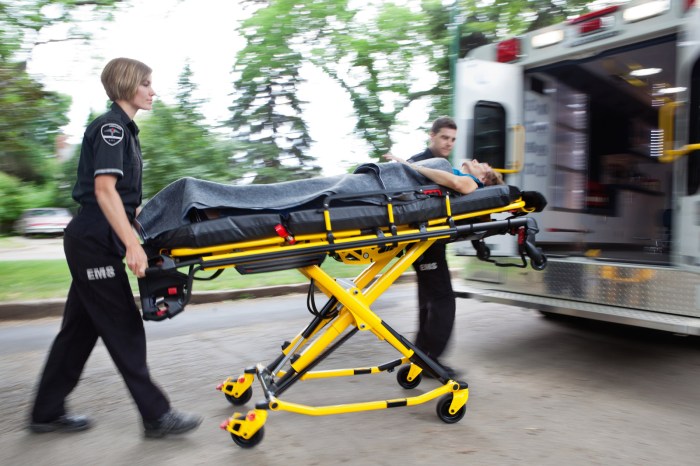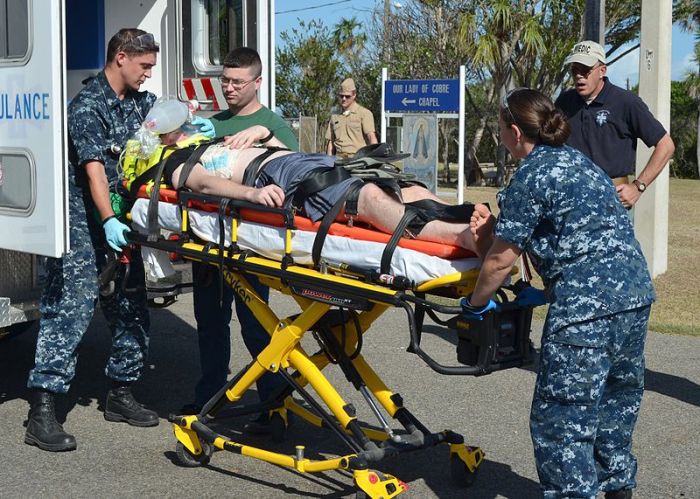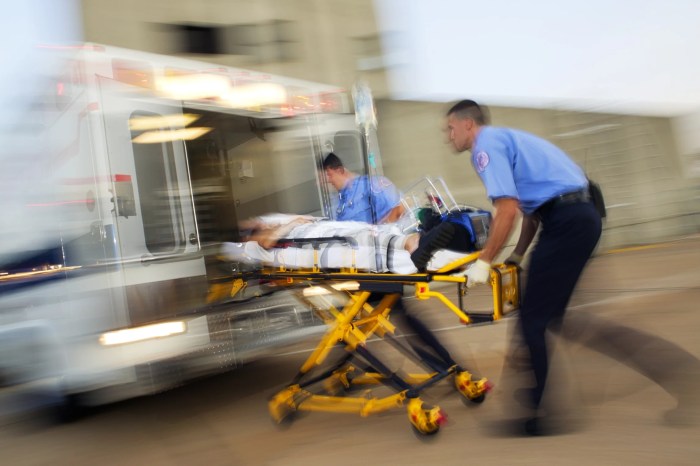Unveiling the enigmatic ‘CPR trained responder crossword clue’, this discourse delves into the crucial realm of cardiopulmonary resuscitation (CPR), a technique that empowers individuals to respond effectively to life-threatening emergencies. By unraveling the intricacies of CPR techniques, equipment, training, statistics, laws, and controversies, we illuminate the profound impact this lifesaving skill has on public health and well-being.
CPR, an acronym for cardiopulmonary resuscitation, encompasses a set of techniques designed to maintain blood flow and oxygenation to the brain and other vital organs when a person’s heart stops beating. This emergency procedure involves chest compressions, airway maneuvers, and, in some cases, defibrillation, with the ultimate goal of restoring spontaneous circulation and preventing irreversible brain damage.
CPR Techniques

Cardiopulmonary resuscitation (CPR) is a lifesaving technique that is used to maintain blood circulation and breathing in a person who has suffered a cardiac arrest. There are two main types of CPR: chest compressions and rescue breathing.
Chest compressions are performed by pushing down on the center of the chest at a rate of 100-120 compressions per minute. Rescue breathing is performed by giving two breaths into the person’s mouth. CPR should be continued until the person starts breathing on their own, an automated external defibrillator (AED) is available, or emergency medical services (EMS) arrive.
Step-by-Step Guide to Performing CPR, Cpr trained responder crossword clue
- Check the scene for safety.
- Call for help.
- Check the person’s responsiveness.
- Open the person’s airway.
- Check for breathing.
- Start chest compressions.
- Give rescue breaths.
- Continue CPR until the person starts breathing on their own, an AED is available, or EMS arrives.
Importance of Proper CPR Training
Proper CPR training is essential for anyone who wants to be able to perform CPR effectively. CPR training teaches people how to perform chest compressions and rescue breathing correctly, and how to use an AED. CPR training can also help people to overcome the fear and anxiety that they may feel when faced with a medical emergency.
CPR Equipment

There are a variety of CPR equipment available, including AEDs, bag-valve masks, and suction devices. AEDs are used to deliver an electrical shock to the heart in order to restore a normal heart rhythm. Bag-valve masks are used to provide rescue breathing.
Suction devices are used to clear the airway of mucus and other obstructions.
Functions of CPR Equipment
- AEDs deliver an electrical shock to the heart in order to restore a normal heart rhythm.
- Bag-valve masks are used to provide rescue breathing.
- Suction devices are used to clear the airway of mucus and other obstructions.
Benefits of Using CPR Equipment
CPR equipment can help to improve the chances of survival for a person who has suffered a cardiac arrest. AEDs can help to restore a normal heart rhythm, bag-valve masks can help to provide rescue breathing, and suction devices can help to clear the airway.
CPR equipment can also help to make CPR easier and more effective.
Quick FAQs: Cpr Trained Responder Crossword Clue
What is the most important aspect of CPR?
Chest compressions, as they maintain blood flow to vital organs.
How often should I get CPR certified?
Every 2 years to ensure proficiency and knowledge retention.
What are the legal implications of performing CPR?
Good Samaritan laws protect individuals who perform CPR in good faith.

